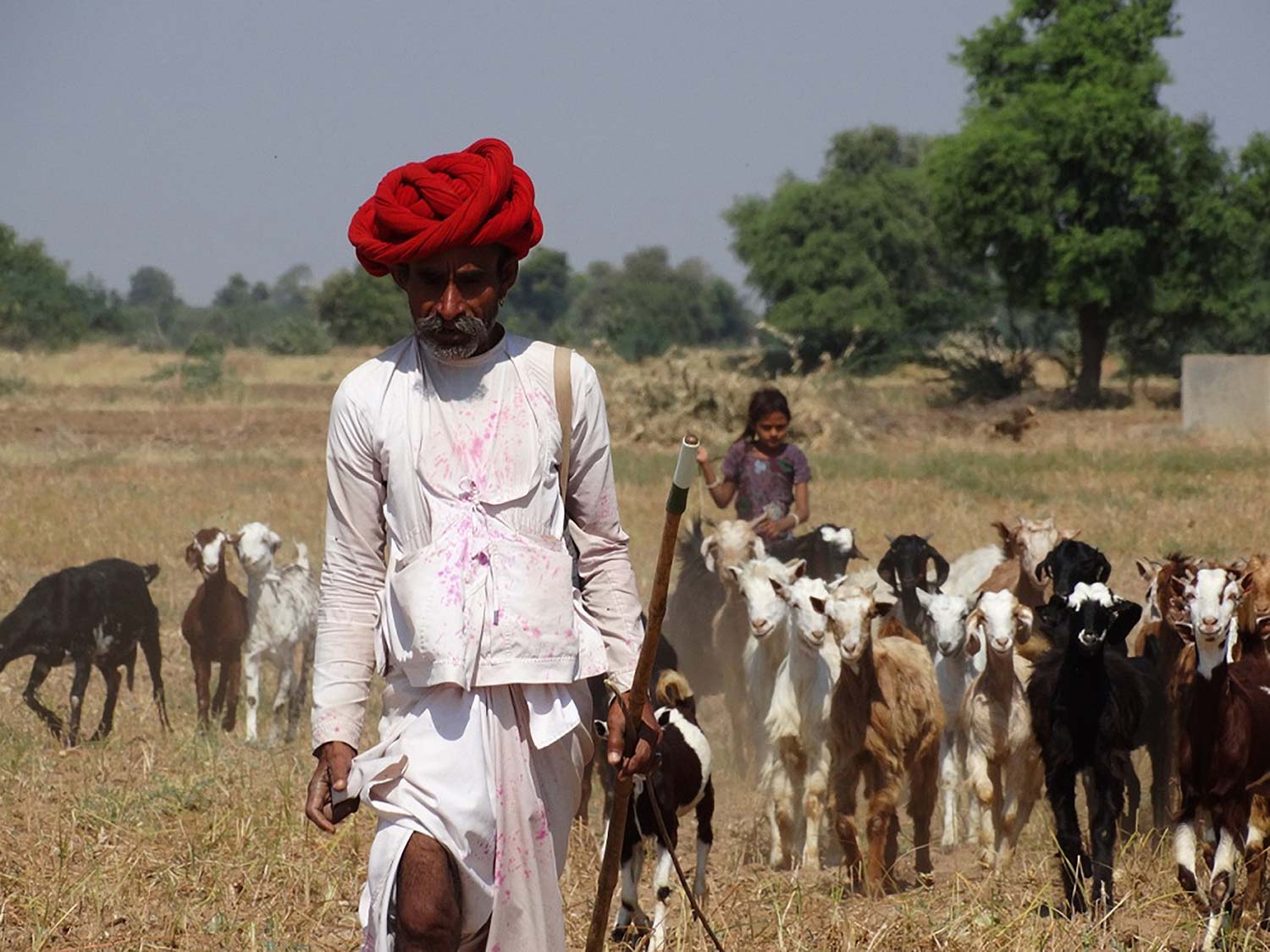
The piercing wind howls and gushes unhindered over the vast plains of Jawai.
Nearly 130km from tourist hotspot Udaipur, this rocky, rugged terrain at the foothills of the Arvalli range of mountains gets its name from Jawai Bandh—the dam built on the Jawai River. A biodiversity haven, this is the land of the leopard, one of India’s most feared predators.
It is pre-dawn. My face feels numb as the wind blows with force, unabated. Pushpendra Singh Ranawat steers his vehicle cautiously through the rocky terrain. After driving for about 15 minutes, he negotiates a steep granite incline and sets the wheels on a rocky platform.

“We will wait here,” Ranawat tells me in a near-inaudible voice. The slender man in his early thirties is a direct descendant of Rana Pratap, the renowned Rajput king of Mewar, known for his valor and bravery against the indomitable Mughals of 16th-century India.
Unlike his forefathers who indulged in big game hunts, Pusfpendra is a passionate wildlife conservationist who has set up Varawal Nature Camp at Sena village, Jawai where I have based for a couple of nights to have an immersive experience of the uniquely harmonious world of humans and leopards at the foothills of Aravalli.
Formed from a series of cratonic collisions Aravalli is even older than the Himalayas. As the February sun pops up and splashes an orange hue over the eastern sky, the serried fold mountains unfurl their captivating beauty as I wait there for my first leopard sighting.

All of a sudden, I hear a peacock’s warning call. In the next few seconds, I watch in awe and wonder how two leopard cubs come out of a cave and roll down from a rocky slope, a few yards away from us. They look very excited at the start of a new day. Before long, their mother makes her graceful appearance. “She is Neelam, my favourite,” says Ranawat and hands me a binocular. I watch closely how Neelam stretches, yawns, and inspects the rocky surface carefully before lying down to bask in the glowing sun.
I ask Ranawat how I can differentiate between the two cubs as I watch them engage in playful fighting. Ranawat informs me that it takes hours of observation.
“People are under a false notion that leopards are solitary creatures,” he says. “But I have seen them moving in groups several times and they are thinking, intelligent beings rather than predators with only hunting instincts.”

Leaving behind Neelam and her cubs we take a narrow dusty road winding through quaint village settlements with scattered pastoral lands. It leads us to a cliff top, a perfect place to soak in the barren splendor of Arravalli.
The checkered farmland below is in sharp contrast to the heavily eroded hills bordering the Jawai horizon. A red-turbaned man in a white dhoti and shirt walks towards us with his herd of cattle. He is carrying a long stick. Ranawat tells me he is a Rabari, a tribal caste of semi-nomadic cattle herders and shepherds.
Over a cup of tea and a variety of cookies and sandwiches, our conversation turns to human-leopard conflict. And Ranawat says that though Jawai has the largest concentration of leopards on planet Earth, there has not been a single incident of poaching, nor any leopard attack on humans, as well for many decades here in Jawai.

Our next pit stop is Devgiri temple. Carved out of a huge rock with adjoining caves where leopards safely dwell, this is an important place of worship for the Rabaris. The herders are strong believers of the Hindu God Shiva who puts on leopard skin and the Rabaris consider leopards as sacred animals. Apart from that, the natural habitat together with the promise of food from the villages have increased the number of big cats here.
Still, I find it strange that Rabaris are neither afraid nor seek revenge when leopards kill their cattle. Naturally, when I meet Lakhan Ram at his house, I cannot help asking him whether the leopards provoke fear and hatred that might spark dreams of revenge.
“Scared”, the man says,” is a relative term. “I am afraid of high-speed vehicles running carelessly, not leopards. A leopard took one of my goats. I felt sad but consoled myself that he had to take it to survive. And I left the goat outside, so it was my fault too.”

He tells me about the compensation from the Forest Department against such losses and expands further. “We have a mutual understanding. We never venture out at night, and leopards never prowl during the day. We respect each other.”
The next morning, a priest of the divine temple at Peherwa village, perched at a hillock, echoes him. “Tolerance and respect have made the bond stronger,” he says.
Even here, I find rock shelters on both sides of the flight of stairs that head out to the temple. I accompany Ranawat to one of the well-ventilated outcrops, the abode of leopards.
The caves are indeed airy, cool, and interconnected. We finally get down to the parking lot, and before leaving the place, Ranawat passes his binoculars and points to an etched surface near the stairs.
I see a leopard lounging lazily. It is the same flight of stairs that we climbed up and down a moment ago. I watch the full-grown male sitting in a meditative repose. His velvety coat gleams under the warm winter sun.
